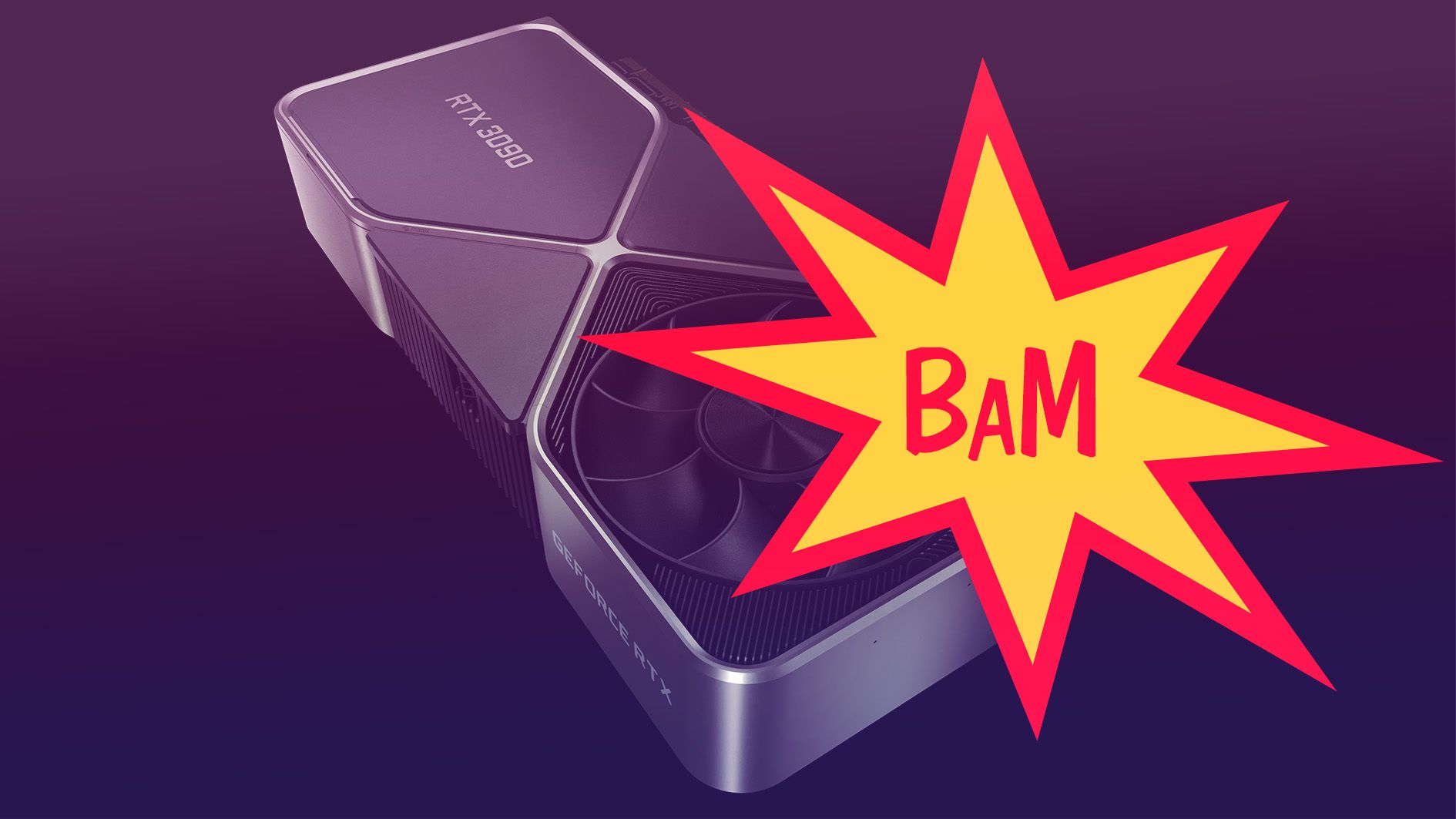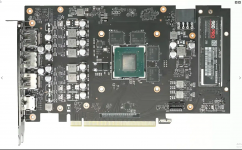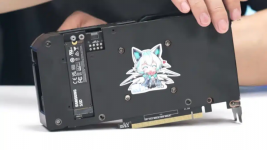- Joined
- May 28, 2019
- Messages
- 10,212
- Reaction score
- 7,141
Although not the first to the punch it's never too late for innovation as ASUS shows off its prototype GPU featuring extra storage options. ASUS General Manager Tony Yu debuted the GeForce RTX 4060 Ti DUAL concept card in a new video that can be seen here. In it, we see that the backside of the card has a custom PCB which includes two M.2 2280 slots. One is on the front of the PCB while the other is on the backside. The backplate has been modified for easy access and airflow to the rear drive.
See full article...
See full article...




